Most people today have experienced keyless entry. These types of systems are widely used, whether it is the remote key to open and lock the door or to use the card to enter the workplace. is the remote key to open and lock the door or to use the card to enter the workplace. is the remote key to open and lock the door or to use the card to enter the workplace.
A keyless access system enables business owners and managers to better control their facilities. They can easily customize the system to provide employees with access levels consistent with their responsibilities.
1. What is A Keyless Entry System?
A keyless entry system, also known as a remote central door lock, uses electronic equipment to control the entry of buildings or vehicles. No traditional key; The lock is activated by a handheld device or automatically by proximity.
2. Three Advantages of the Commercial Keyless Entry System
The business owner is responsible for the safety of every employee, site, and all assets and documents contained therein. A keyless entry system can provide better security for all enterprises, regardless of size.
As the demand for traditional keys decreases, business owners are using more technologies to enhance the security of their property. A keyless entry system brings many benefits.
1) Access Control
The business owner has more control over who has the right to enter and exit. Using commercial keyless entry system, businesses can track the time of entry and exit, change access rights, and protect themselves when closed. Individuals can be prevented from entering restricted areas by keyless entry systems.
2) Building Safety and Staff Safety
If it is misplaced or stolen, you can copy the traditional key. When employees leave the company, they always need to get the keys back from them. With the keyless access system, the owner does not have to wait for the key to be returned, nor does he have to worry about someone holding the key to the building.
The commercial keyless entry system eliminates the risk of duplicate keys or unauthorized entry. This eliminates the need to change locks or re-issue new keys.
Enterprises can use keyless access systems to make employees safer. The entrance of the commercial building can be programmed so that it can be automatically locked after obtaining access rights and the door is closed. It also reduces the chances of theft of sensitive materials and equipment.
3) Better Tracking Data
The software used with the commercial keyless entry system will track anyone who enters the building. It can record visitors, staff attendance, and the general population in the building. Automatic alerts about unauthorized access or attempted access are also issued to business owners or security personnel.
3. Access Control of Commercial Buildings
The best keyless entry system applicable to the business environment will vary according to the building, the number of employees, and the security needs of the company. The most common keyless entry system involves the use of RFID technology. Radiofrequency identification technology (RFID) consists of two parts: tags or cards and readers. The RFID chip containing data is embedded in the card. To retrieve data from the chip, the card reader must scan the card through radio waves. When the reader is close to the RFID card, read the data on the card.
The magnetic locking mechanism is used with an RFID card. The magnetic lock is very reliable and rarely intruded on by hackers. They are also easy to install, which is why they are a popular choice for commercial real estate. Only two components, one electromagnet, and one armature plate are required. They are usually installed on the top of the door and door frame because this is the best place to connect the magnet to the building circuit.
The armature plate is attracted when the electromagnet is energized. The magnetic field is so strong that it can fix the door and prevent it from being opened. The door can be opened remotely using the access control system. This will verify everyone’s identity and open the door for authorized users.
In order to keep the door locked, power must be supplied to the lock. The electromagnetic lock is fail-safe; In other words, it will automatically unlock when the power is off. This allows people to leave the building in case of fire or emergency.
4. Access to the Keyless Entry System
The access card is easy to use with employees and visitors. They can be operated at close range without any remote function. The use of RFID technology in the access control card is very suitable for commercial buildings. The traditional key cartoon enters the building by putting the card into the card reader. When the access card is lost or stolen, the business owner can assign and disable access rights. They are cheap and can be used in combination with photo identification as company badges and access to buildings.
- Remote key
The key card unlocks the door as it approaches the receiver. Use radio frequency identification technology (RFID) to transmit data to unlock. The key chain can be activated for different entrances or can be deactivated remotely.
- Biometric access control
Bioidentifiers, such as fingerprints or facial structures, are used to grant access to commercial buildings. This type of access control provides higher security and is more expensive than other keyless entry systems.
- Remote keyless entry system
Mobile or application based. Users can enter the building through mobile applications. Access is allowed when an employee approaches the door or selects an option on the phone. Application-based systems can be customized to meet a range of security requirements. It involves less hardware and provides remote access.
5. Exit the Device
In case of emergency, commercial buildings must make plans to enable employees and customers to evacuate quickly and safely. The owners of hotels, large warehouses, and other commercial buildings use exit devices or crash barriers. It is the hardware installed on the door and can be locked from the outside. Access is restricted, but in case of fire or emergency, people inside can leave the building.
Local building codes determine where export equipment should be used. Most specifications require that the active part of the release mechanism extend through at least half of the door. There are three types of export equipment:
1) Rim Style
The most common outlet device is the edge device. It is used for opening single or double doors. The door latch is composed of a latch extending from one end of the equipment. The rim latch is very safe and durable.
2) Mortise Style
The plunger lock needs a pocket or plunger installed on the door. The mortise outlet device is suitable for commercial buildings that require heavy locks and can withstand high frequency of use.
3) Vertical Pole
The upright device uses rods extending from the device to the top and bottom of the door frame. When the impact bar is pushed, it retracts and releases to open the door. It can be used for double doors and single doors to improve safety.

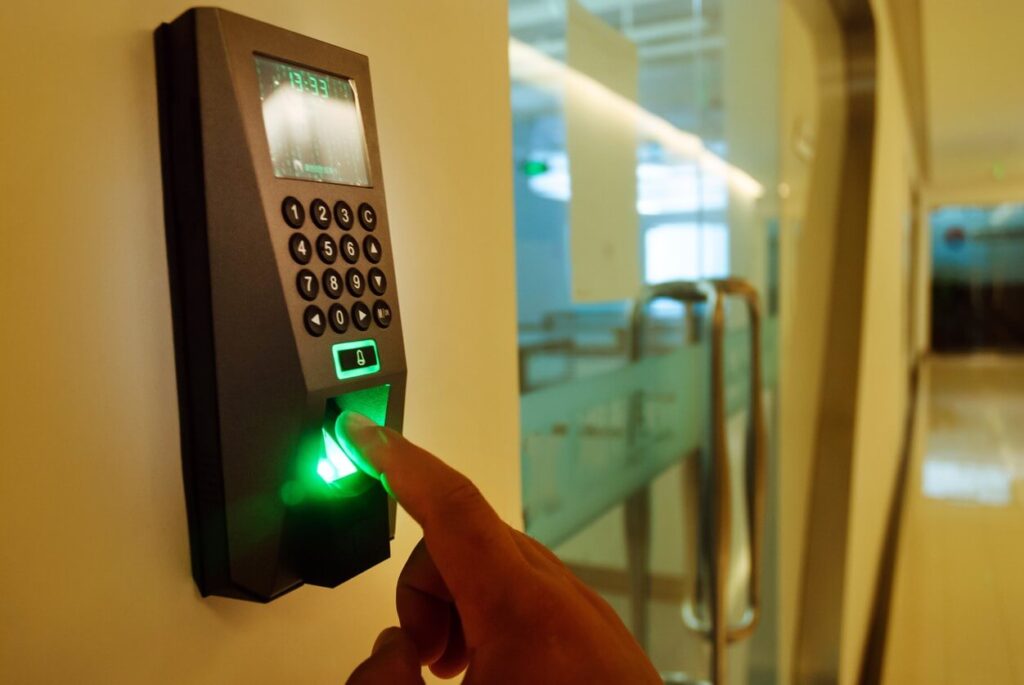
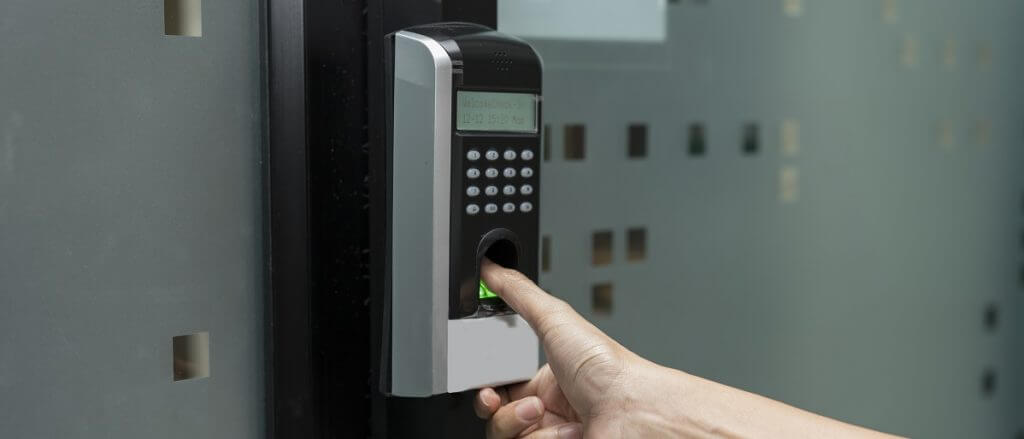
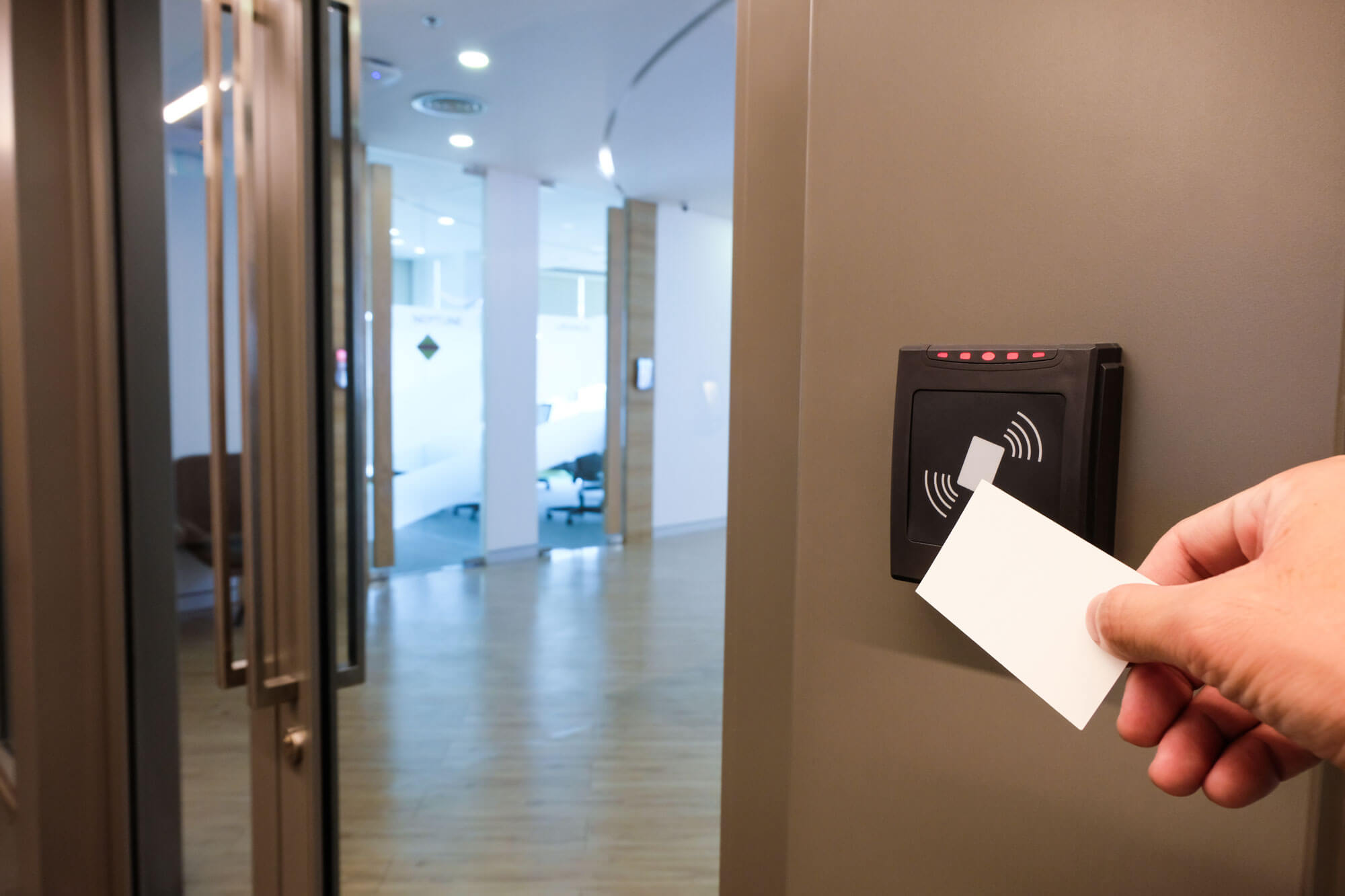
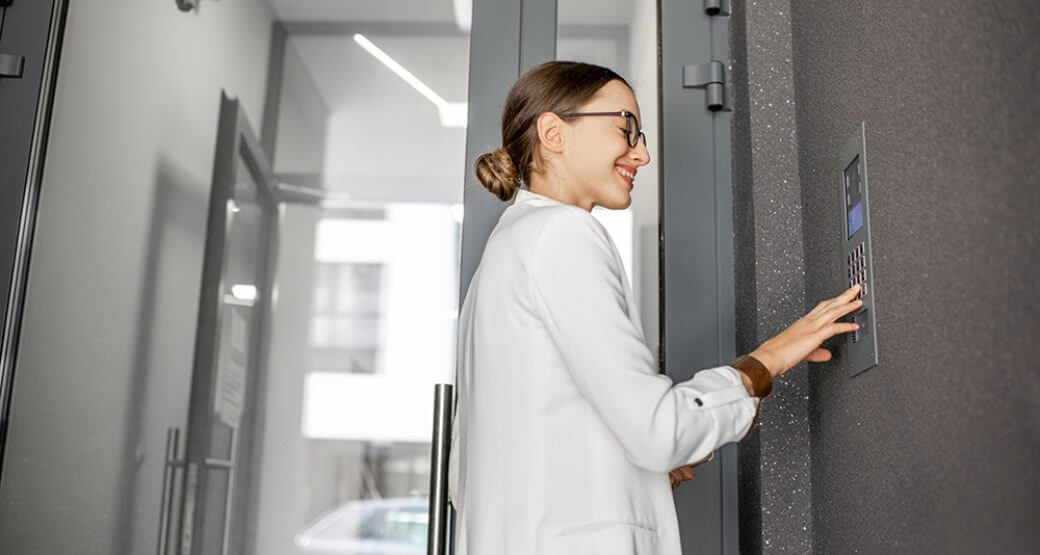
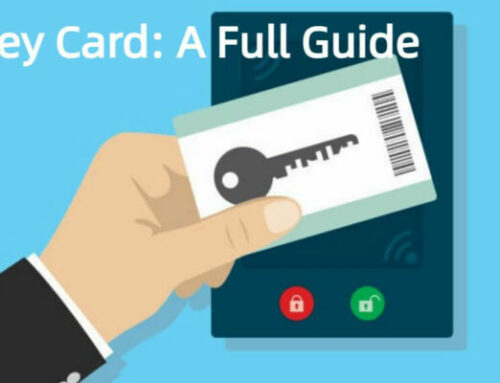
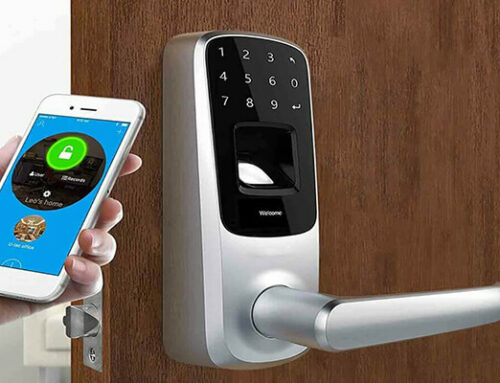
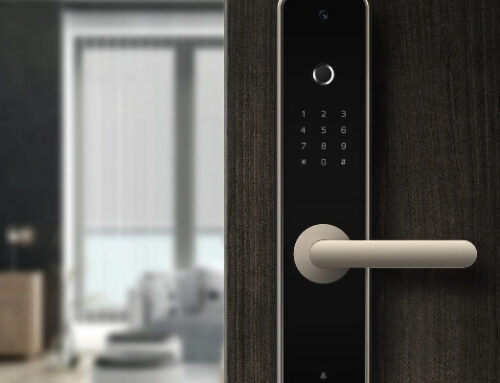
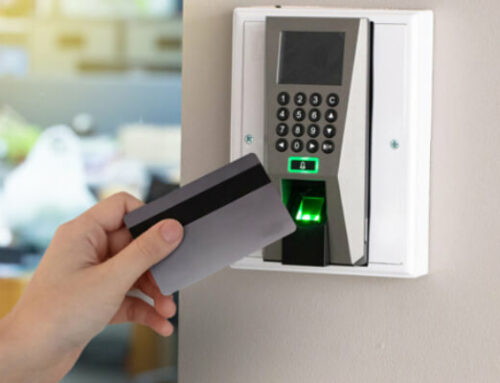
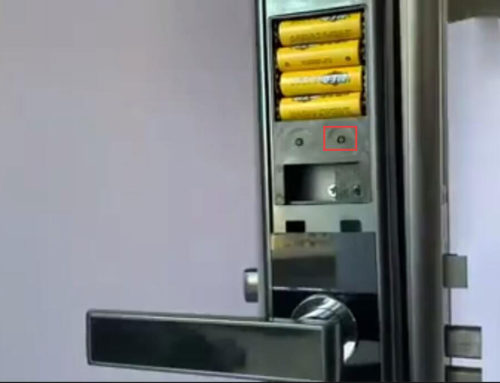
Leave A Comment